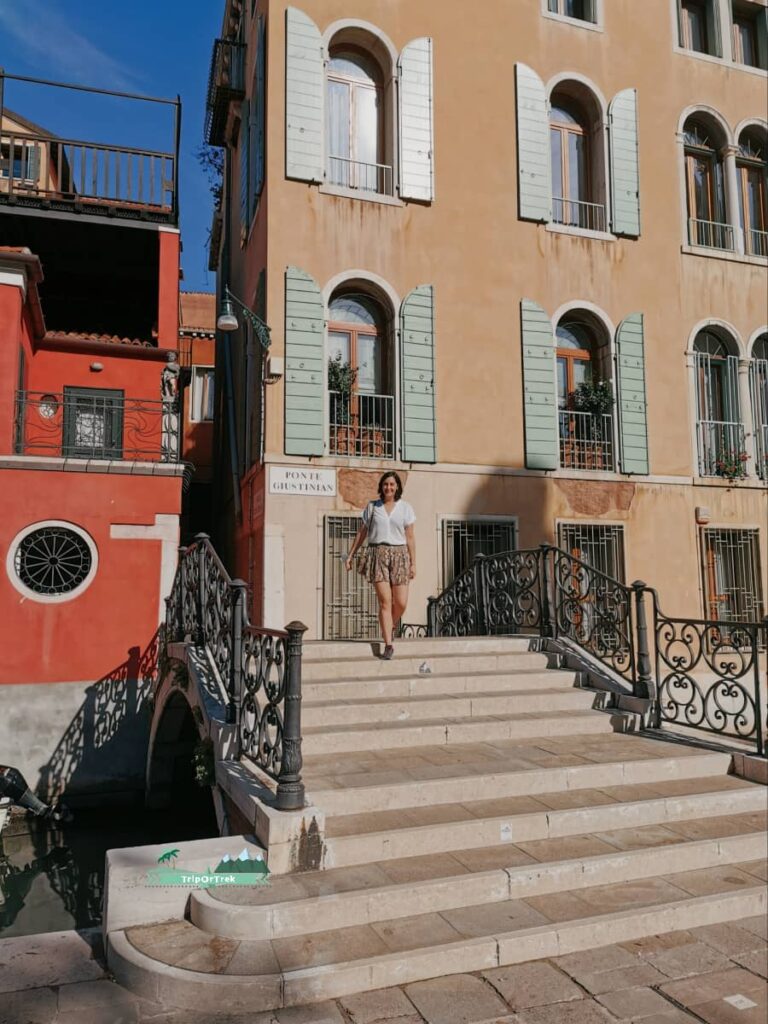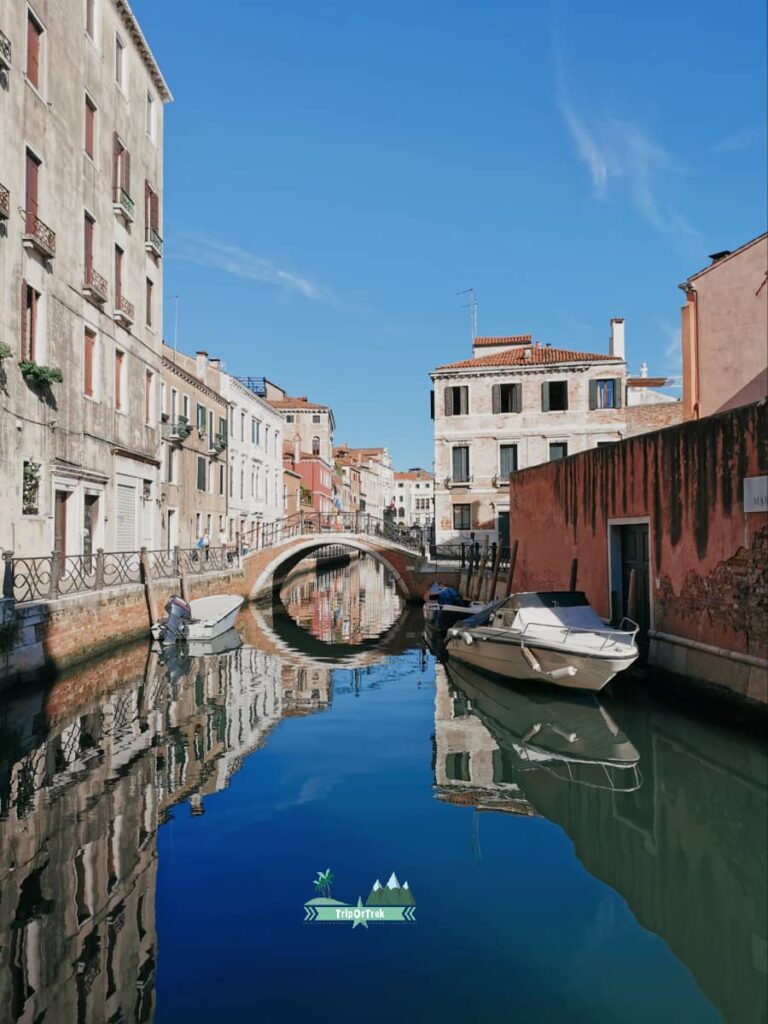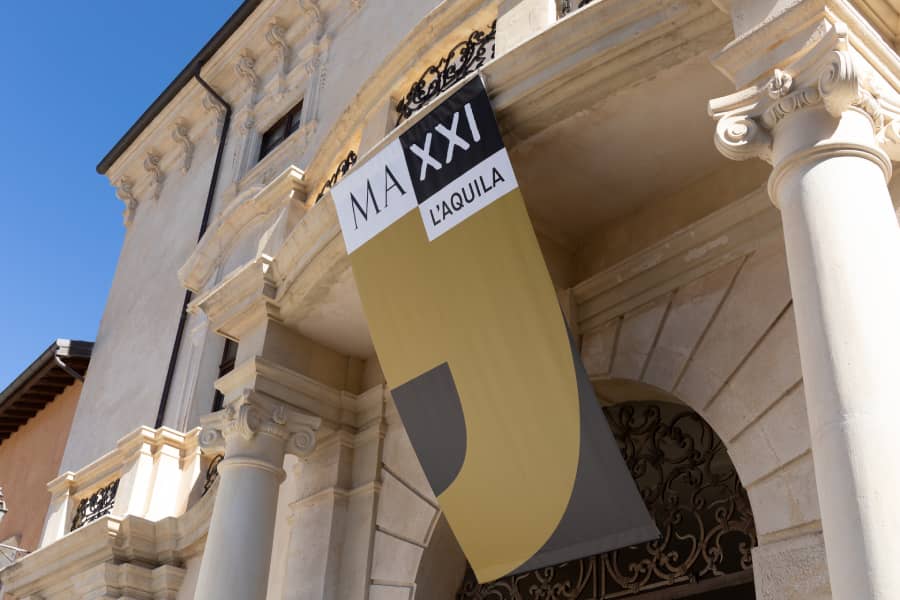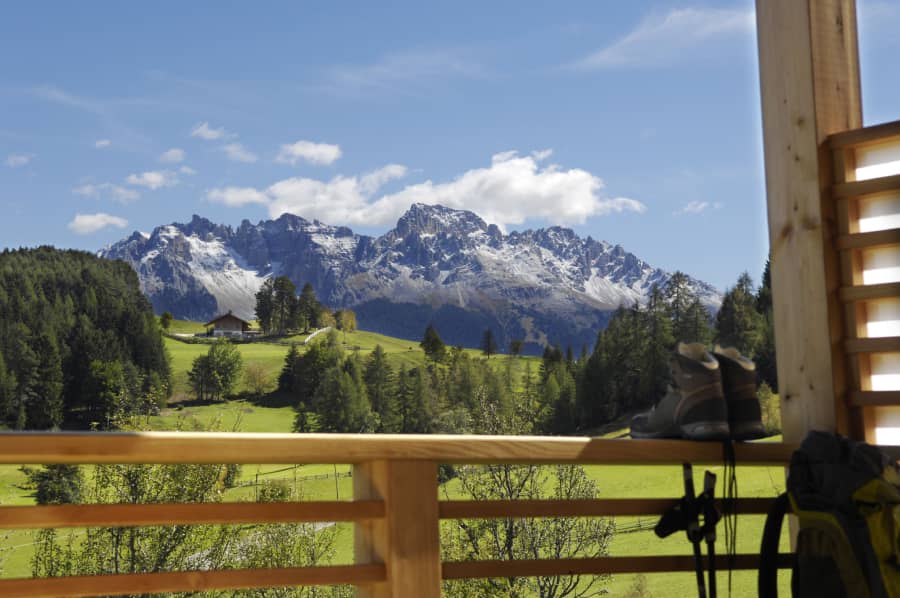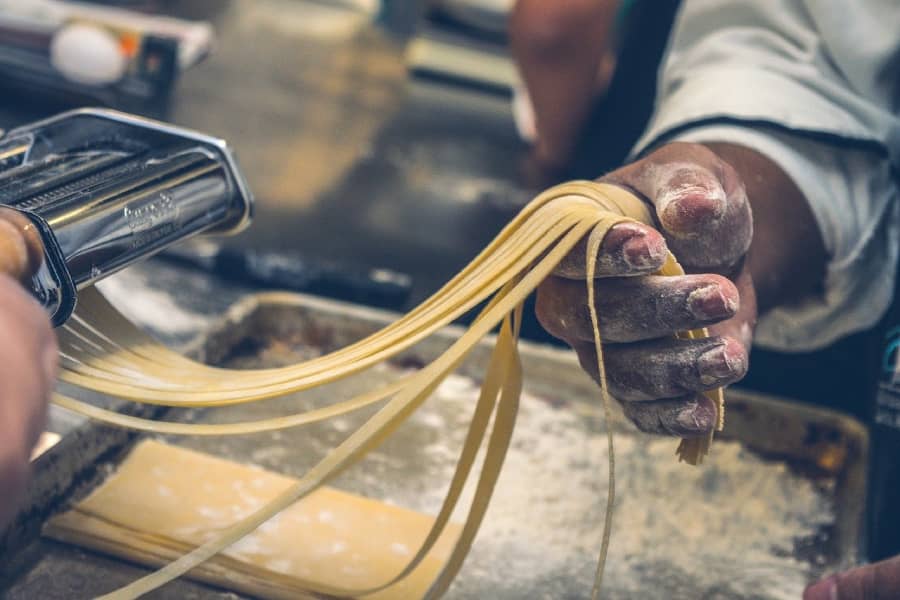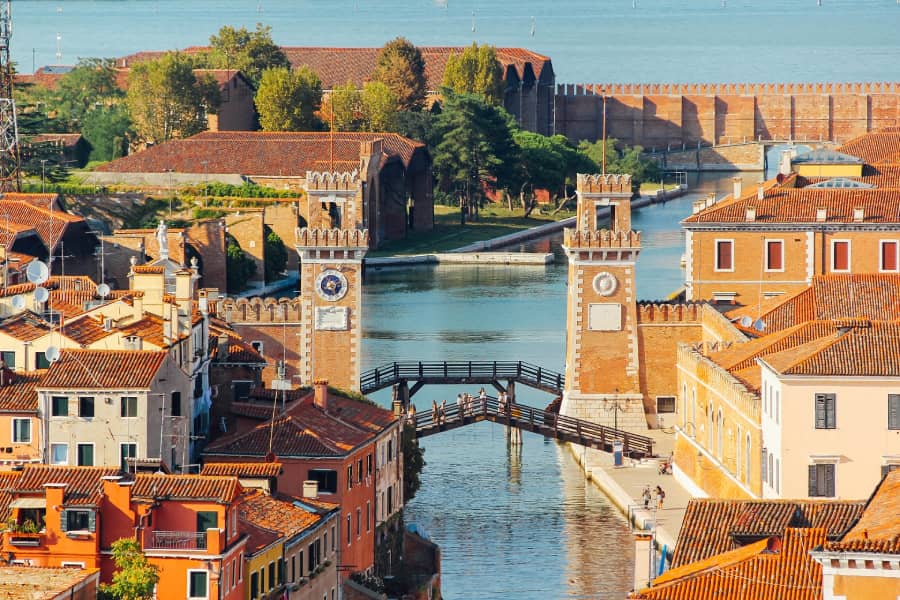
Itinerary to discover the life and places where the famous doge and military genius of Venice, Francesco Morosini, lived.
Table of Contents
Venice, city of water and history, in every corner reveals mysteries and unexpected faces. Visiting it means getting lost in the beauty or finding ancient paths following in the footsteps of the illustrious people who over the centuries marked its history.
One of these was Francesco Morosini, the last of the great Venetian commanders, as well as one of the most significant characters of the Republic of Venice and its seafaring traditions. I spent a day walking through the streets and bridges to find his traces in Venice and there are three places that I recommend you visit to try to understand who Francesco Morosini was:
- Campo Santo Stefano, where Palazzo Morosini and the Church of Santo Stefano are located, which houses the tomb of Morosini
- Palazzo Ducale and Museo Correr, preserve the marble arch with his exploits painted, the bronze bust and the Morosini collections
- Monumental entrance to the Venice Arsenal with the famous lion of Piraeus

Up and down Venice bridges 
Corners of Venice
FRANCESCO MOROSINI
Born in Venice on February 26, 1619, Francesco Morosini was the third son of Pietro and Maria Morosini. At an early age he lost his mother, who died in tragic circumstances by drowning in the Brenta river, and from an early age he was initiated to education in the San Carlo college of Modena, and to a naval career in the war fleet of the Serenissima Republic of Venice on whose ships he participated to the war of Candia, where he distinguished himself both in the fighting and in the defense of the city, located on the island of Crete under Venetian rule, besieged by the Turks of the Ottoman Empire.
Morosini participated in the battles distinguishing himself from other naval commanders for his cunning, which earned him the title of captain general da Mar, supreme commander of the fleet because he invented amphibious warfare and a special unit called fanti da mar.
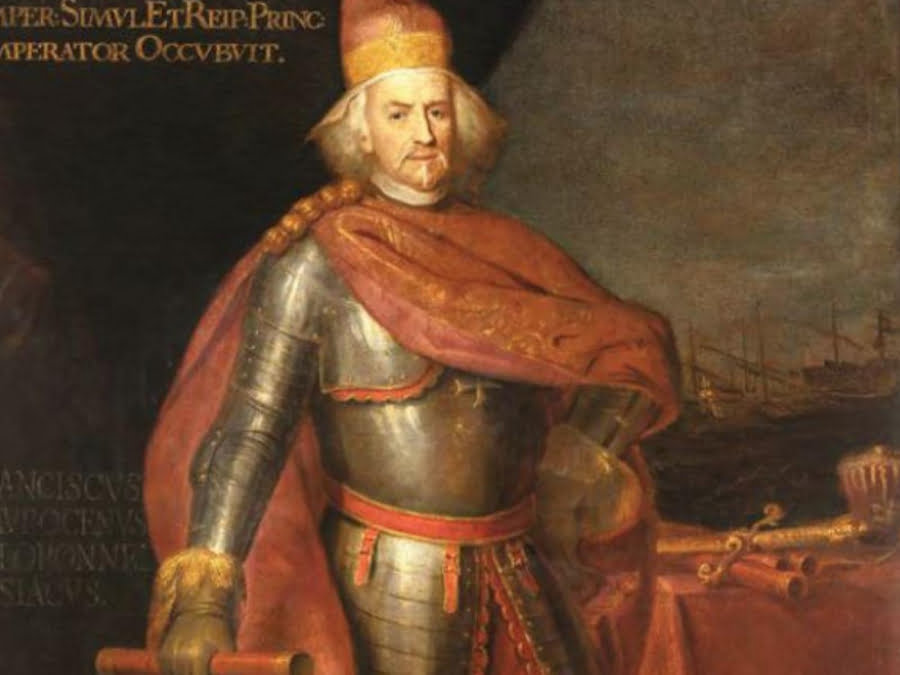
Thanks to a series of victories and the reconquest of the Morea, today’s Peloponnese, the leader made his triumphal entry into Athens, after bending the last Turkish resistance in the Acropolis. That victory, however, cost a high price to the cultural heritage of Athens, in fact, in 1687, some architectural components of the Parthenon were blown up by a cannon shot fired by the Venetian forces.
Despite the damage to the Greek heritage, the success of Morosini in Greece was such that the dream of the maritime empire was resurrected in Venice. After having earned the nickname of “Peloponnesian” and the honor of a bust, never granted in life, neither before nor after, to other protagonists of Venetian history, on 3 April 1688 he was elected doge, in the midst of the military campaign from which he will I returned to Venice only on 11 January 1690, welcomed by honors and grandiose celebrations.
As Doge Morosini wasn’t as skilled as he was at sea, on the contrary, he was unable to administer public funds well and by now an elderly man he chose to participate again in military operations as Captain General da Mar. He died in Nauplia on 6 January 1694.
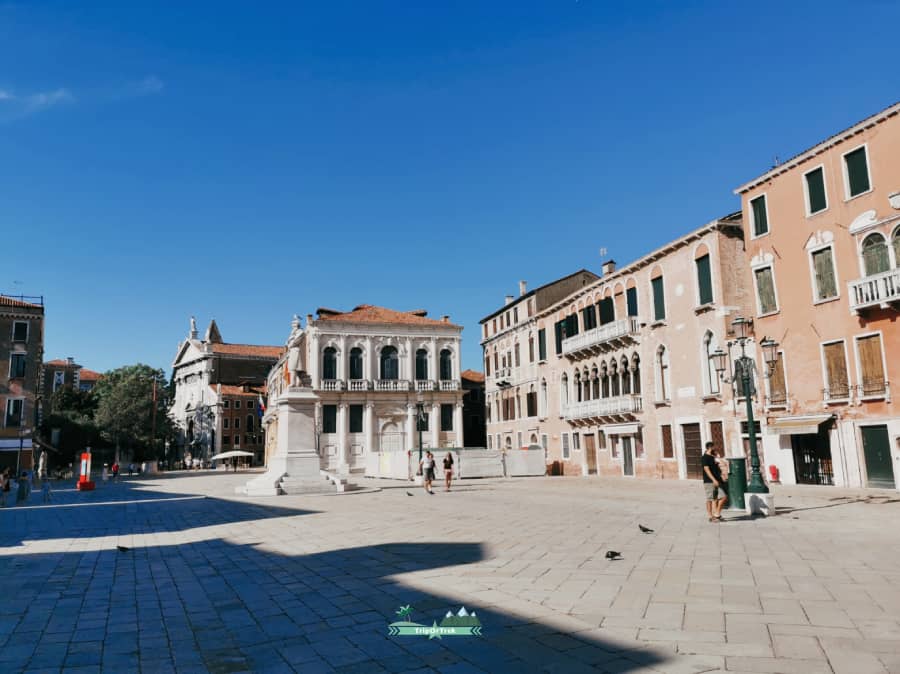
CAMPO SANTO STEFANO
It is one of the largest squares in Venice where it is pleasant to meet and sip a coffee. Here are located Palazzo Morosini and the church of Santo Stefano.
PALAZZO MOROSINI
Included among the places in the heart of the Fai, Fondo Ambiente Italiano, Palazzo Morosini Gatterburg, was the home of the Morosini family starting from 1628. Francesco grew up here and had the building restored by the architect Antonio Gaspari. As a tribute to his victories, the central door has a hippocampus head and sea monsters on the side entrances. In 1884, the Gatterburg heirs of the palace sold his precious collection and the Municipality of Venice bought the family archive and some relics, now in the Correr Museum. To be admired near Palazzo Morosini, Palazzo Pisani, seat of the city’s conservatory.Included among the places in the heart of the Fai, Fondo Ambiente Italiano, Palazzo Morosini Gatterburg, was the home of the Morosini family starting from 1628. Francesco grew up here and had the building restored by the architect Antonio Gaspari. As a tribute to his victories, the central door has a hippocampus head and sea monsters on the side entrances. In 1884, the Gatterburg heirs of the palace sold his precious collection and the Municipality of Venice bought the family archive and some relics, now in the Correr Museum. To be admired near Palazzo Morosini, Palazzo Pisani, seat of the city’s conservatory.
CHURCH OF SANTO STEFANO
A few steps from Palazzo Morosini is the church of Santo Stefano, a Gothic building, which at the entrance houses the remains of Francesco Morosini who wanted to be buried here precisely because it is close to the family palace. As evidence of his deeds on Greek soil, there is a bronze lectern from the second half of the fifteenth century in the shape of an eagle from Candia, the city on the island of Crete where Francesco Morosini was the protagonist of numerous battles. It is not possible to take pictures inside the church, but I recommend a visit to admire the ceiling made in the shape of a ship and finely decorated.
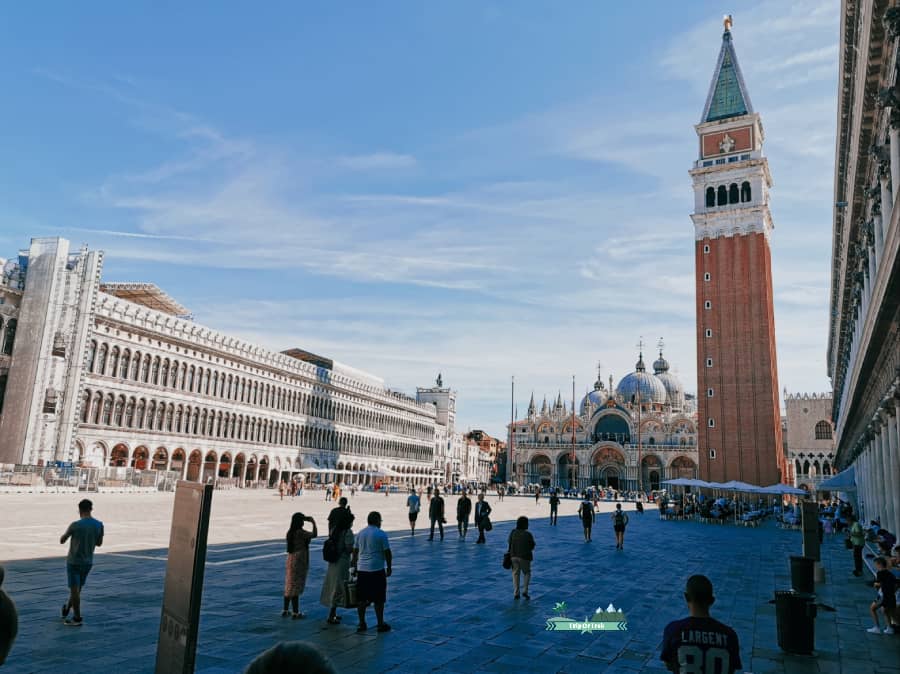
DUCAL PALACE AND CORRER MUSEUM
The Correr Museum is the custodian of Morosini’s history. In its rooms you will find personal items, artifacts of classical Greek art, portolans, relics, military documents, naval models and works of art that testify to the character, business and life of the Doge Admiral.
In Palazzo Ducale there are two places where the Serenissima paid homage to Morosini:
- The Sala dello Scrutinio, close to that of the Maggior Consiglio, where on the back wall a large triumphal arch with Latin inscriptions and allegorical paintings celebrating Morosini’s exploits was erected immediately after Morosini’s death in 1694 of the Peloponnese. Among the paintings of the doges there is also that of Morosini, in the armor of a Captain General, with doge’s horn and command stick.
- Room III of the Armeria dei Dieci, also known as the Morosini Room, exhibits the weapons which, together with trophies and memories, for centuries were emblematic pride of the military power of the Serenissima, and above a base there is the bronze bust of Francesco Morosini , which the Senate dedicated to him with truly extraordinary exception “living adhucs” in 1687, the day after the victorious enterprise in Greece and the year preceding the doge’s appointment.
Curiosity The great love of Francesco Morosini is found in the Civic Museum of Natural History in Venice: his cat Nini. If the military exploits of Morosini are known, not many know of his passion for cats. Francesco Morosini was a misogynist and left his heritage only to the male descendants of his brothers as long as they were named after him, Francesco, but he poured his affection into a pet, the cat Nini from which he never separated. When the animal died, the doge decided to mummify it in the pose that best portrays the activity she preferred: hunting mice. At the museum it is thus possible to admire the mummy of the cat with a mouse between its paws.
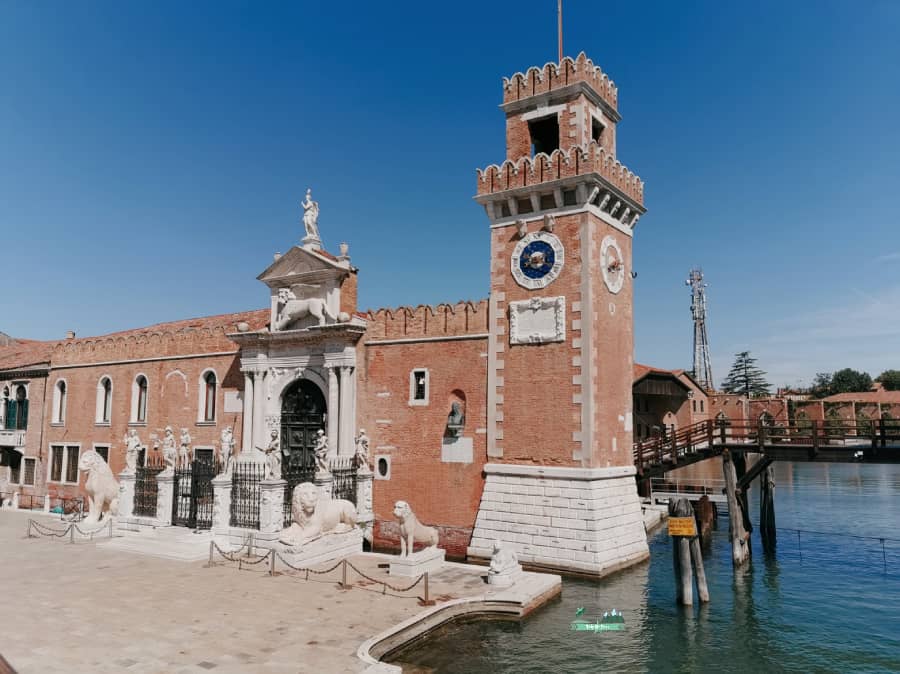
ARSENAL OF VENICE
The last stop in the footsteps of Francesco Morosini is the Arsenal of Venice whose entrance is guarded by the statues of three lions whose history is intertwined with that of the Venetian leader. In 1687, at the end of the military campaign that had led to the explosion of the Parthenon, Francesco Morosini, brought to Venice as spoils of war some sculptures of Greek art including the Lions which, then considered as symbolic images due to the resemblance to the lion of St. Marco, were placed next to the Porta da Terra of the Arsenal, the heart of naval production and the nucleus of the maritime power of the Serenissima Republic.
On the left of the monumental entrance stands the colossal Lion of Piraeus, coming from the port of Athens. The second of the Lions brought by Morosini, called Leone dell’Hephaisteion, on the right of the Porta Arsenale, was originally a funerary monument, finally the last Lion of the Arsenal, the oldest; placed at a later date than the others in memory of the Venetian reconquest of Corfu in 1717, it comes from the Terrace of the Lions on the island of Delos in the Cyclades archipelago, home to an important sanctuary of Apollo. To learn about the history of the navy and naval activities of Venice not far from the Arsenale, in Campo San Biagio, I recommend a visit to the Naval History Museum of the Navy.
Venice, city of water and history, has been able to surprise me once again with its palaces, its museums, its ancient statues guardians of stories to be told like that of the last leader of the Republic of Venice, protagonist of the history of the Mediterranean: Francesco Morosini.

Viaggio e racconto il tuo territorio scrivendo di turismo, marketing territoriale e storytelling nel mio blog TripOrTrek



